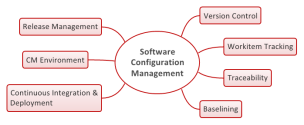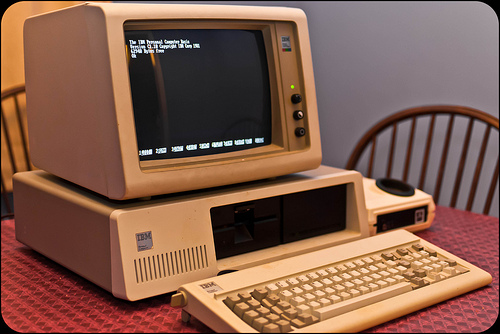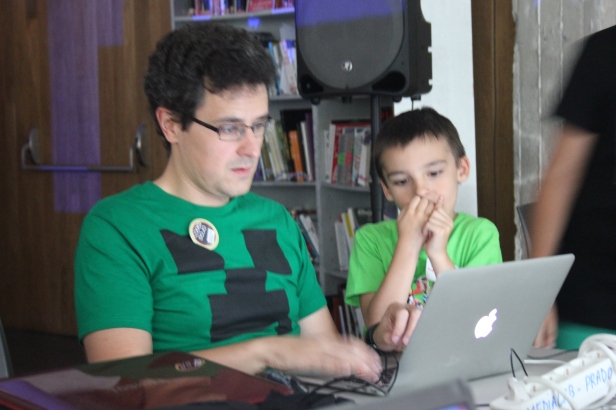 Statistics:
Statistics:
- 53% of software projects overrun their schedules and budgets
- 31% are cancelled
- Only 16% are completed
- Projects made by large American software companies approximate to only 42% of clients’ requests.
Source: Keyes, J. (2004). Software Configuration Management. Boca Raton: Auerbach
SCM basic tasks:
Development and production of:
- Configuration identification
- Configuration change control
- Configuration status accounting
- Configuration auditis
Integration: consists on putting together the individual software parts in one single big project.
Types:
- Merge: parallel development on the same stuff
- Assembly: development of different pieces

Software Configuration Management started in the 1950s, when configuration management, that was used for hardware and production control, was applied in software development.
Nearly all components that comprise modern information technology, such as Computer Aided Software Engineering (CASE) tools, Enterprise Application Integration (EAI) environments, Extract/Transform/Load (ETL) engines, Warehouses, EII, and Business Intelligence (BI), contain a great deal of metadata as well as his own repository…







 Statistics:
Statistics:



